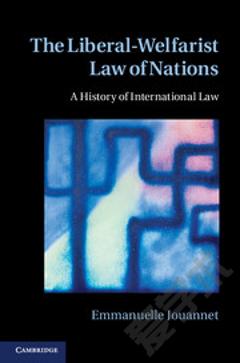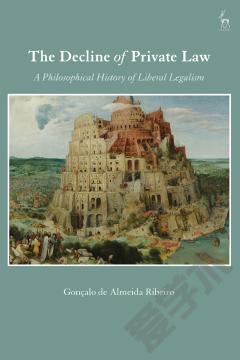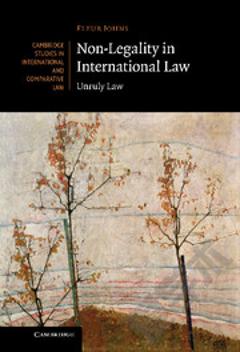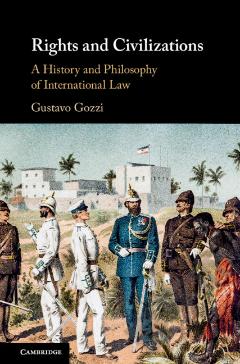The Liberal-Welfarist Law of Nations: A History of International Law
Introduction Part I. The Modern Law of Nations: 1. The law of nations of the Moderns: a new discipline 2. The liberal purpose of the modern law of nations: liberty, equality and security for states 3. State interests and self-esteem 4. The modern law of nations between free-enterprise and protectionism 5. The welfarist purpose of the modern law of nations: the happiness of the people and the advancement of states 6. Cooperation and assistance to states between liberalism and welfarism 7. The liberal-welfarist law of nations: a code of good conduct to discipline European states 8. Goodness, freedom and justice Conclusion Part II. Classical International Law: 9. A modern commentator turned classical: the Vattelian moment 10. The triumph of the liberal purpose of international law 11. Liberal international law outflanked. A welfarist purpose for the rest of the world 12. Intellectual and political explanations and justifications for the change 13. Classical international law in the age of free-enterprise: between free-trade and protectionism 14. Liberal vision, dogmatic foundation and the appeal of liberalism 15. Concerns about social and economic inequality. The emergence of a new welfarist purpose 16. The emergence of concerns for human rights Conclusion Part III. Contemporary International Law: 17. Continuities and discontinuities of the classical model 18. The two liberal purposes of contemporary international law 19. The dilemmas of the new liberal purpose (I): democracy, human rights and the rule of law 20. The dilemmas of the new liberal purpose (II): humanitarian interventions, identities and cultures 21. The status report and general prospects for the new liberal and democratic purpose 22. The economic liberalism of contemporary international law: between Keynesian objectives and the triumph of free trade 23. The general advancement of the welfarist purpose: characteristics and difficulties 24. The specific advancement of the welfarist purpose: Third World(s) and development Conclusion.
{{comment.content}}








 京公网安备 11010802027623号
京公网安备 11010802027623号